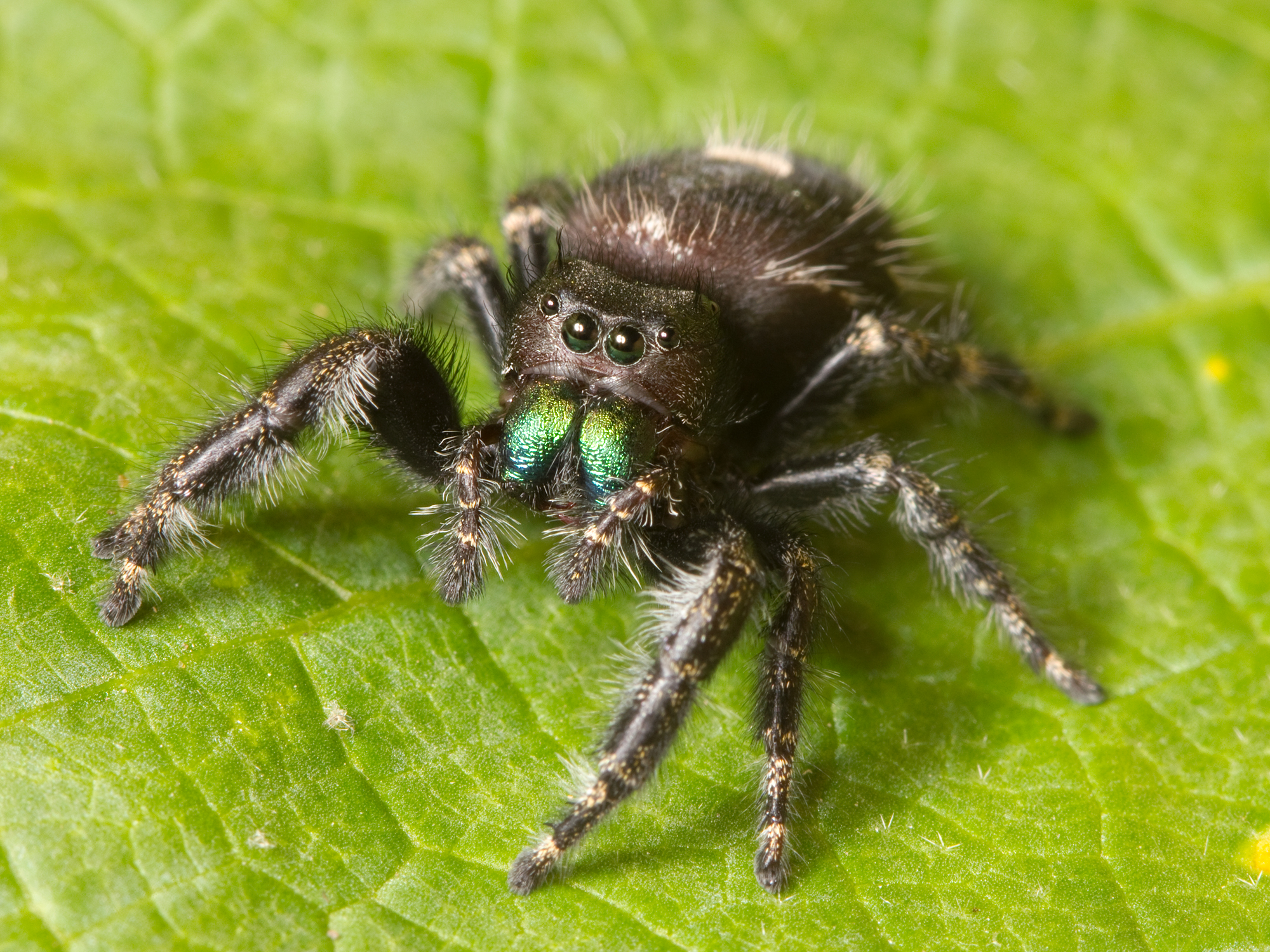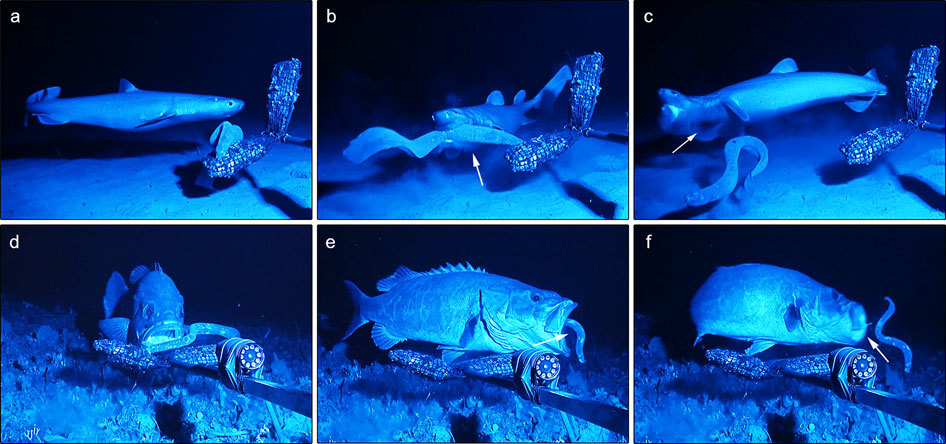|
Phenopelopidae
Phenopelopidae is a family of oribatid mites in the order Sarcoptiformes The Sarcoptiformes are an order of Acari comprising over 15,000 described species in around 230 families. Previously it was divided into two suborders, Oribatida and Astigmatina, but Oribatida has been promoted to an order, and Astigmatina is n .... As of 2018, there were 4 genera and 106 species known in this family. Description Adult mites of this family are 400-900 μm long and usually dark brown to almost black in colour, but light brown individuals also occur. They can be distinguished from other oribatid families by: flat and blade-like lamellae (ridges of cuticle between the dorsal trichobothria); elongate pelopsiform or normally developed chelicerae with small chelae; notogaster with a broad anterior tectum, overhanging insertions of interlamellar setae and bothridia; with movable pteromorphs and well- or poorly-circumscribed lenticulus; porose areas small or rarely with saccules, all closely ... [...More Info...] [...Related Items...] OR: [Wikipedia] [Google] [Baidu] |
Sarcoptiformes
The Sarcoptiformes are an order of Acari comprising over 15,000 described species in around 230 families. Previously it was divided into two suborders, Oribatida and Astigmatina, but Oribatida has been promoted to an order, and Astigmatina is now an unranked taxon. Families Families: # Acaridae # Acaronychidae # Achipteriidae # Adelphacaridae # Adhaesozetidae # Aeroglyphidae # Aleurodamaeidae # Algophagidae # Alicorhagiidae # Alloptidae # Alycidae # Ameridae # Amerobelbidae # Ameronothridae # Ametroproctidae # Analgidae # Apionacaridae # Arborichthoniidae # Arceremaeidae # Aribatidae # Ascouracaridae # Astegistidae # Atopochthoniidae # Atopomelidae # Autognetidae # Avenzoariidae # Basilobelbidae # Belboidae # Brachychthoniidae # Caleremaeidae # Caloppiidae # Canestrinidae # Canestriniidae # Carabodidae # Carpoglyphidae # Caudiferidae # Ceratokalummidae # Ceratoppiidae # Ceratozetidae # Cerocepheidae # Chaetodactylidae # Chamobatidae # Ch ... [...More Info...] [...Related Items...] OR: [Wikipedia] [Google] [Baidu] |
Oribatida
Oribatida (formerly Cryptostigmata), also known as oribatid mites, moss mites or beetle mites, are an order (biology), order of mites, in the "chewing Acariformes" clade Sarcoptiformes. They range in size from . There are currently 12,000 species that have been identified, but researchers estimate that there may be anywhere from 60,000 to 120,000 total species. Oribatid mites are by far the most prevalent of all arthropods in forest soils, and are essential for breaking down organic detritus and distributing fungi. Oribatid mites generally have low Metabolism, metabolic rates, slow development and low fecundity. Species are Semelparity and iteroparity, iteroparous with adults living a relatively long time; for example, estimates of development time from Egg (biology), egg to adult vary from several months to two years in temperate forest soils. Oribatid mites have six active instars: prelarva, larva, three nymph (biology), nymphal instars and the adult. All these stages after the p ... [...More Info...] [...Related Items...] OR: [Wikipedia] [Google] [Baidu] |
Chelicerae
The chelicerae () are the mouthparts of the subphylum Chelicerata, an arthropod group that includes arachnids, horseshoe crabs, and sea spiders. Commonly referred to as "jaws", chelicerae may be shaped as either articulated fangs, or similarly to pincers. Some chelicerae, such as those found on nearly all spiders, are hollow and contain (or are connected to) venom glands, and are used to inject venom into prey or a perceived threat. In ''Pisaurina mira'', also known as the nursery web spider, the chelicerae are utilized to snatch the prey once it becomes within reach, facilitating the "sit-and-wait ambush predator" behavior. Both pseudoscorpions and harvestmen have structures on their chelicerae that are used for grooming (papillae in pseudoscorpions, cheliceral teeth in Opiliones). Types Chelicerae can be divided into three kinds: jackknife chelicerae, scissor chelicerae, and 3-segmented chelate chelicerae. Jackknife chelicerae The jackknife chelicera is subchelate (with ... [...More Info...] [...Related Items...] OR: [Wikipedia] [Google] [Baidu] |
Seta
In biology, setae (singular seta ; from the Latin word for "bristle") are any of a number of different bristle- or hair-like structures on living organisms. Animal setae Protostomes Annelid setae are stiff bristles present on the body. They help, for example, earthworms to attach to the surface and prevent backsliding during peristaltic motion. These hairs make it difficult to pull a worm straight from the ground. Setae in oligochaetes (a group including earthworms) are largely composed of chitin. They are classified according to the limb to which they are attached; for instance, notosetae are attached to notopodia; neurosetae to neuropodia. Crustaceans have mechano- and chemosensory setae. Setae are especially present on the mouthparts of crustaceans and can also be found on grooming limbs. In some cases, setae are modified into scale like structures. Setae on the legs of krill and other small crustaceans help them to gather phytoplankton. It captures them and allows th ... [...More Info...] [...Related Items...] OR: [Wikipedia] [Google] [Baidu] |
Anti-predator Adaptation
Anti-predator adaptations are mechanisms developed through evolution that assist prey organisms in their constant struggle against predators. Throughout the animal kingdom, adaptations have evolved for every stage of this struggle, namely by avoiding detection, warding off attack, fighting back, or escaping when caught. The first line of defence consists in avoiding detection, through mechanisms such as camouflage, masquerade, apostatic selection, living underground, or nocturnality. Alternatively, prey animals may ward off attack, whether by advertising the presence of strong defences in aposematism, by mimicking animals which do possess such defences, by startling the attacker, by signalling to the predator that pursuit is not worthwhile, by distraction, by using defensive structures such as spines, and by living in a group. Members of groups are at reduced risk of predation, despite the increased conspicuousness of a group, through improved vigilance, predator confusio ... [...More Info...] [...Related Items...] OR: [Wikipedia] [Google] [Baidu] |
Binomial Nomenclature
In taxonomy, binomial nomenclature ("two-term naming system"), also called nomenclature ("two-name naming system") or binary nomenclature, is a formal system of naming species of living things by giving each a name composed of two parts, both of which use Latin grammatical forms, although they can be based on words from other languages. Such a name is called a binomial name (which may be shortened to just "binomial"), a binomen, name or a scientific name; more informally it is also historically called a Latin name. The first part of the name – the '' generic name'' – identifies the genus to which the species belongs, whereas the second part – the specific name or specific epithet – distinguishes the species within the genus. For example, modern humans belong to the genus ''Homo'' and within this genus to the species ''Homo sapiens''. ''Tyrannosaurus rex'' is likely the most widely known binomial. The ''formal'' introduction of this system of naming species is credit ... [...More Info...] [...Related Items...] OR: [Wikipedia] [Google] [Baidu] |



